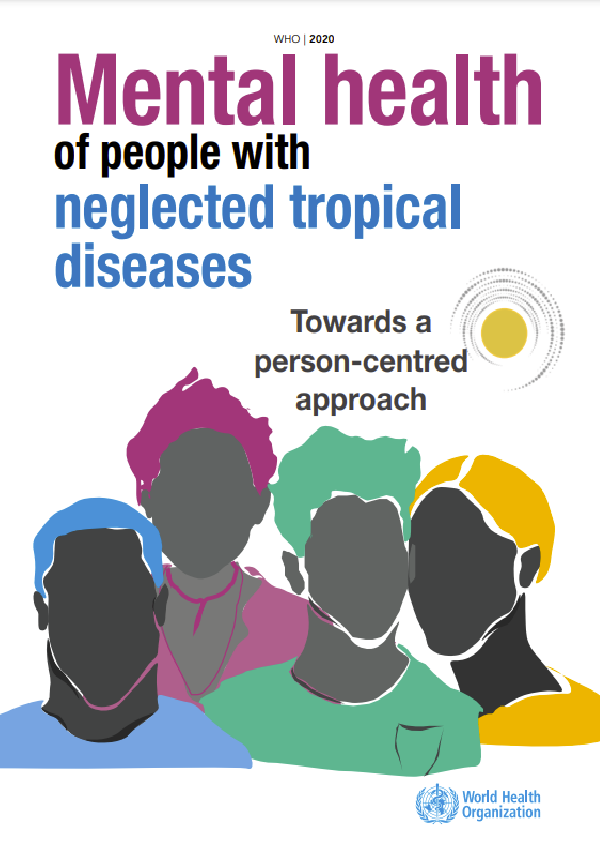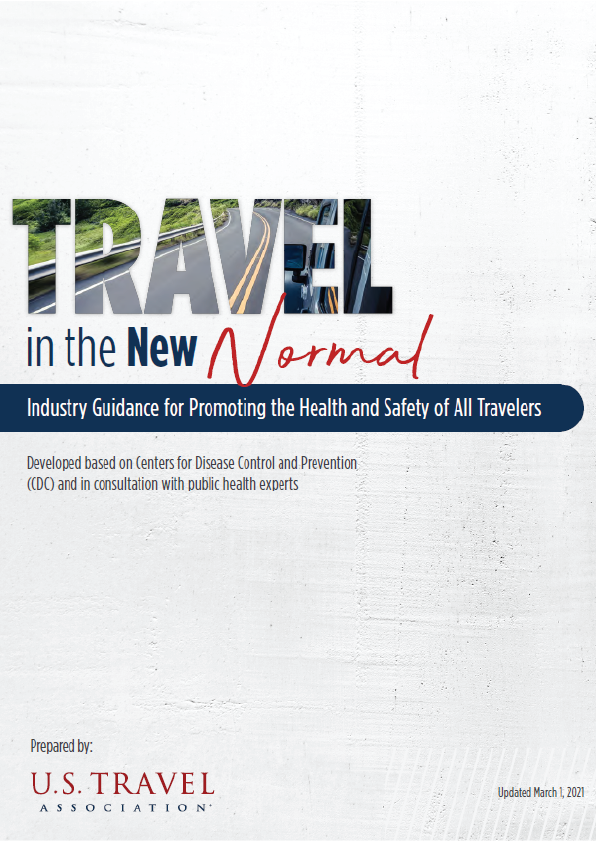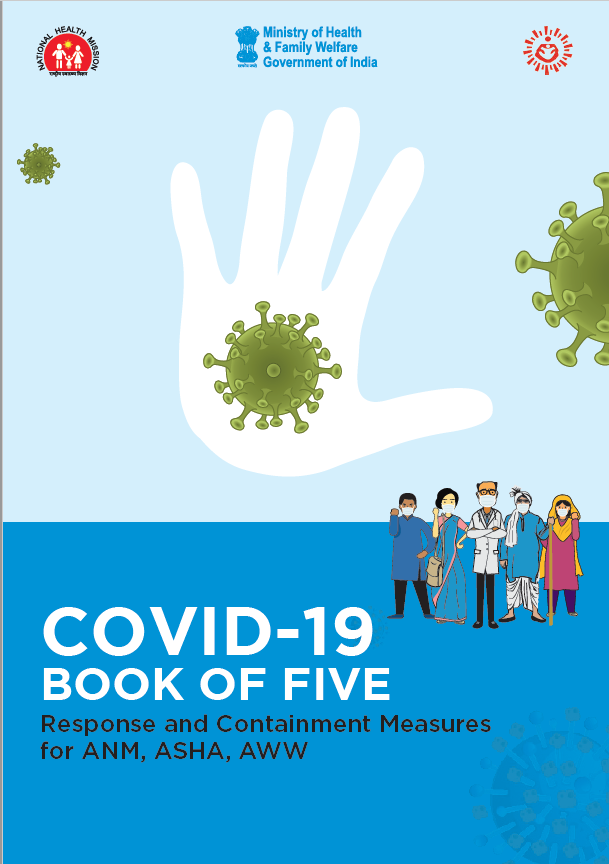Understanding the problem: comorbidity of neglected tropical diseases and mental health conditions
NTDs are communicable and noncommunicable, often vector-borne, diseases that occur in 150 tropical and subtropical countries. WHO currently recognizes 20 conditions or groups of conditions as NTDs (Annex 1). These diseases affect more than one billion people globally and cost developing economies billions of dollars every year. Populations living in poverty, without adequate access to water, sanitation and health services and those in close contact with infectious vectors, domestic animals and livestock are the worst affected.
Mental health conditions (i.e., mental, neurological and substance use disorders, suicide risk and associated psychosocial, cognitive and intellectual disabilities) contribute substantially to the global burden of disease. Currently, an estimated 1.1 billion people are affected worldwide, and the burden is increasing continuously.
Mental health and mental health conditions exist on a continuum that ranges from mental well-being to mild, temporary distress to chronic, progressive, severely disabling conditions.
- Psychological distress comprises the worry, fears, sadness and insecurity often experienced by people with an NTD and the associated stigma. It can result in reduced social functioning and self-isolation.
- Mental health conditions are characterized by changes in thoughts, perceptions, emotions or behaviour that affect relationships and the ability to perform expected social roles and can cause significant functional impairment. Some examples include depression, anxiety, harmful use of alcohol and other psychoactive substances.
- Psychosocial disability refers to the interaction between impairment caused by mental health conditions and barriers to participation in society experienced by many people with these conditions. NTDs are major drivers of mental ill-health in affected people, their families and their caregivers. Because of chronic pain, discomfort, reduced functioning, and stigma, people with NTDs are at high risk for mental health conditions, and they often cite mental health as a priority. This document addresses the forms of mental ill-health most common in people with NTDs: psychological distress, social isolation, depression, anxiety, harmful use of alcohol and other psychoactive substances and suicidal ideation. For instance, in people with lymphatic filariasis, depression was estimated to almost double the total burden of disease (measured in disability-adjusted life years), from 2.78 to 5.09 million). Many people with leprosy experience anxiety, depression, psychological distress, isolation and suicidal ideation. Cutaneous leishmaniasis, onchocerciasis and snakebite envenoming are often linked to anxiety, depression and psychological distress.
ONE IN TWO PEOPLE WITH LEPROSY OR LYMPHATIC FILARIASIS EXPERIENCES DEPRESSION AND/OR ANXIETY
The strong links between NTDs and mental health conditions often lead to chronic comorbidity, which adds additional, often unrecognized disability. Higher rates of depression, anxiety, self-harm or suicidal thoughts are found among people with chronic NTDs than in the general population, and they are even higher than in people with other chronic conditions. Carers of people with NTDs are also at increased risk of mental health conditions.
Mental health conditions and NTDs are highly interdependent and often occur together. People with NTDs are at high risk for mental health conditions, and people with mental conditions are also at higher risk for an NTD.
Pathological links between NTDs and brain health have also been found, leading to neurological consequences. Neurological complications of NTDs can cause significant morbidity and mortality. For example: human African trypanosomiasis causes sleeping sickness and is linked to impaired intellectual development and learning; and, neurocysticercosis (caused by Taenia solium) is associated with epilepsy. Neurological complications may be due to direct infection of neurons (e.g. rabies), direct infection of brain tissue with provocation of local symptoms due to mass effect and local inflammatory reaction (e.g. human African trypanosomiasis, neurocysticercosis, leishmaniasis, dracunculiasis, echinococcosis, food-borne trematodiasis, neuroschistosomiasis), a systemic inflammatory response to the pathogen at the time of infection or of treatment (e.g. filariasis, soil-transmitted helminthiasis), an increased risk of cerebrovascular disease (e.g. Chagas disease) or immune-mediated nerve damage (e.g. leprosy). Some NTDS cause neurological complications by several mechanisms.
In addition to comorbidity with mental, neurological and substance use disorders, people with NTDs are at high risk for other severe physical health problems and disability. The combined health, social and economic impacts of NTDs and mental health conditions are unacceptable, and can be substantially reduced in simple ways. Cross-sectoral and integrated approaches are the most appropriate, evidence-based, effective way of preventing and managing mental health conditions in people with NTDs.











